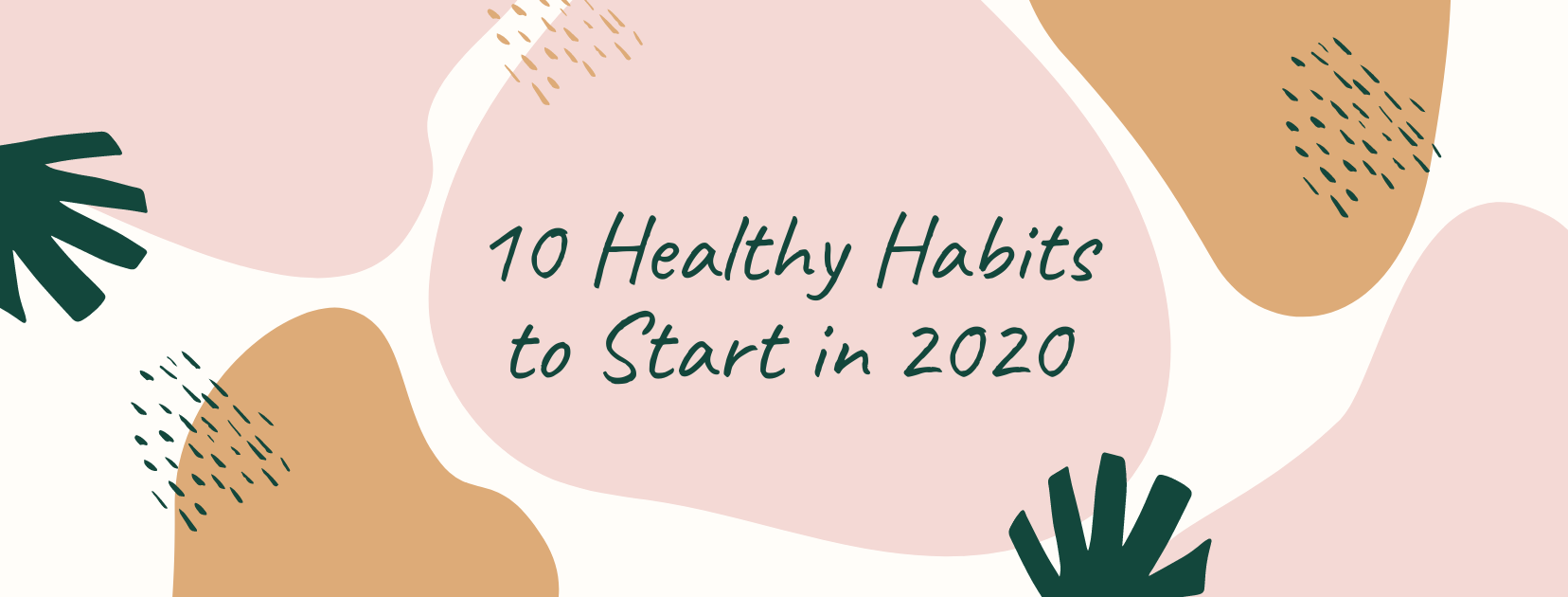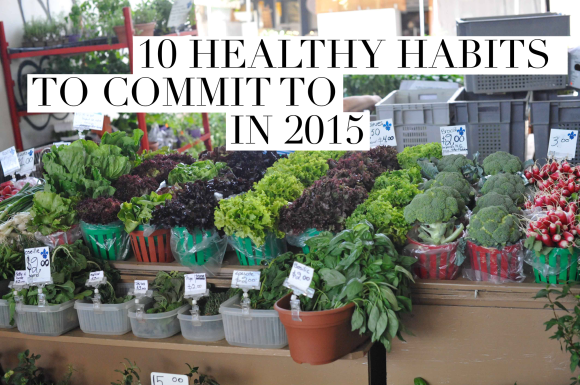


Keep in mind that diabetes is a progressive disease and sometimes changes to your blood sugar mean it’s time to check back in with your doctor.

For some people, a quick brush-up on the basics is enough to get them back on track! If you’re having trouble getting your blood sugar under control, you might benefit from a visit with a dietitian or diabetes educator (like me) to review your food intake and lifestyle habits. Meet with a dietitian or diabetes educator These foods can have a place in a healthy diet-but portion size matters, and some people are more sensitive to these foods.ĥ. Foods that are more likely to increase your blood sugar are refined carbohydrates like white flour or added sugar such as sugary drinks, cookies, white rice or pasta.Even vegetables that are mostly water, such as cucumbers and celery, are great ways to hydrate and get some vitamins and minerals.Your best veggie options include a wide variety of colors such as broccoli, carrots, peppers, tomatoes and onions.Here are a few more specific tips that can help prevent blood sugar spikes: Then add reasonably small portions of lean proteins and healthy starches and fruits to round out your meal. Load half your plate with non-starchy vegetables first. Start to get your blood sugars back on track by building snacks and meals based on this template. Have you been eating more or less than your usual, or have you been trying some new foods? Have your portions been different lately due to eating more meals out or special events? If you haven’t checked out the nutrition information for the foods you’ve been eating, that’s a great place to start!
Healthy habits to start today how to#
Ask your doctor about how to account for these higher activity days during your next visit. The reverse is also true-you may find your blood sugars dropping more often if you’ve been particularly active. Ask your doctor about other activities you can do safely, or look for a new-to-you activity you can try. Perhaps you’ve binged watched a few more shows lately instead of hitting the gym, or an injury has you sitting things out for a few weeks. Has the heat sidelined your usual after-dinner walk? Any kind of change to your regular physical activity can make a big impact on your blood sugars. Snacking on fruits like berries or melon, or vegetables such as cucumbers or sweet peppers is also a great way to increase your fluid intake. Water is always the healthiest choice, but flavored waters, tea, coffee and even zero-calorie drinks can help ensure you’ve got the fluids you need. Keep hydrated and track water intakeĪre you getting enough to drink, specifically from water or other sugar-free beverages? Especially in the Texas summer heat, it’s easy to get dehydrated. Maintaining a relatively consistent schedule for sleep, medications and meals can help your body better manage changes to your blood sugar. Have you changed work shifts or class schedules lately? Blood sugars respond best to regular schedules.

Here are some things to look for and how to optimize them to help you manage your blood sugar levels with ease. Keep track of your blood sugar readings with daily blood sugar monitoring and see if you can notice some patterns. If you or someone you love is having trouble keeping your blood sugars in your target range (for the target range that’s right for you, check with your doctor or diabetes specialist), a good place to start is with a food and activity log.įor a few days, write down when and what you’ve eaten, how much and what you drink, and what kind of activities you’ve done. The good news is, a little bit of detective work and some help from your care team can get your blood glucose levels back on track and help lower your A1C. Add in complicating factors like weather, stress, schedule changes and lack of sleep, and it can be even more difficult to lower your blood sugar. If you’re living with diabetes or prediabetes, maintaining good blood sugar control can be a real challenge under any circumstances.


 0 kommentar(er)
0 kommentar(er)
